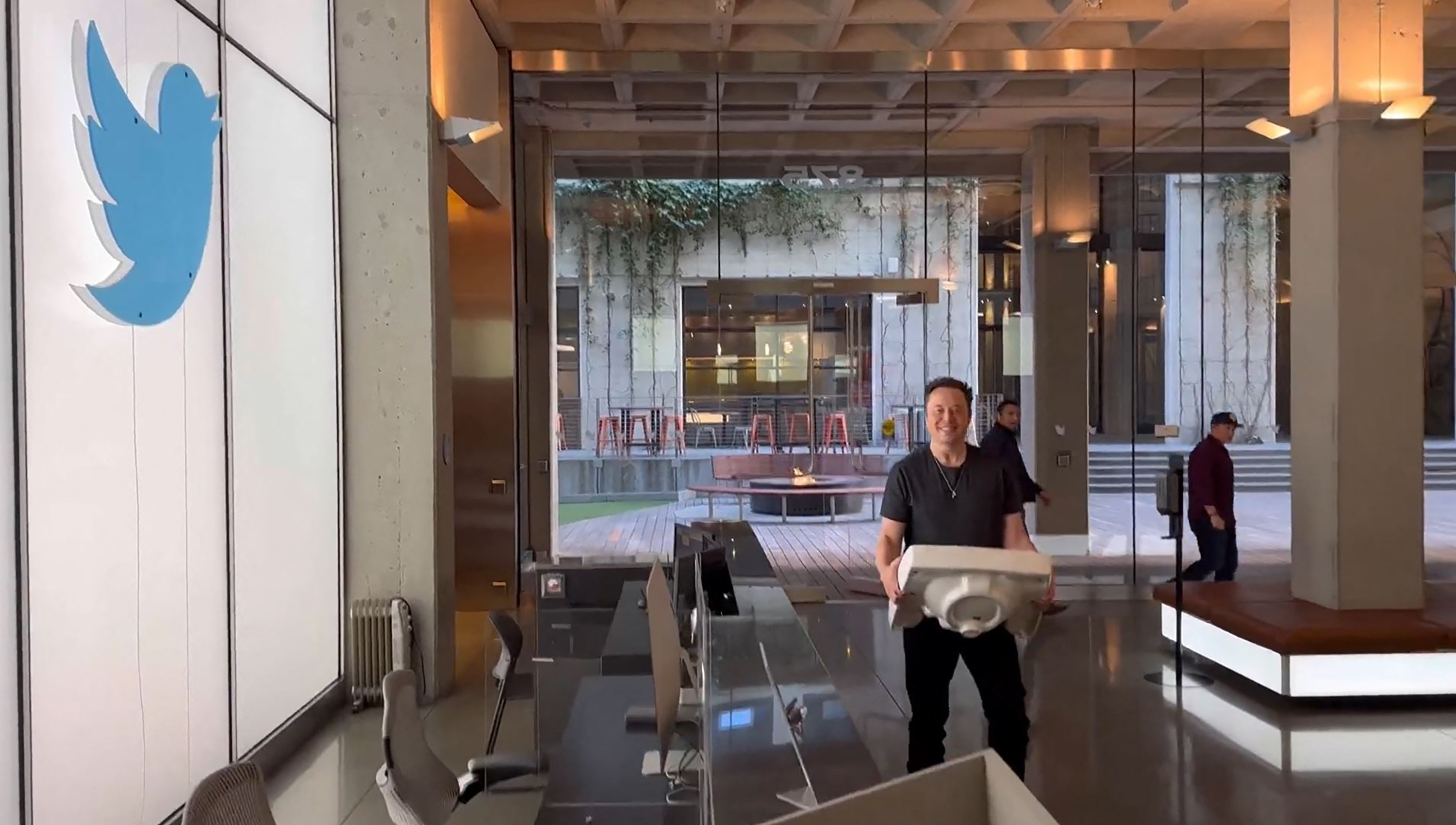What a difference a day in the life of a Twitter employee makes. In October 2020, Twitter was one of the first companies to declare an "indefinite" work from home policy. Of course, that means an unstated length of time until Twitter's new owner and CEO, Elon Musk, decrees an end to such liberalities and demands a total return to the office.
In a memo to staff, Musk wrote, “The road ahead is arduous and will require intense work to succeed. We are also changing Twitter policy such that remote work is no longer allowed, unless you have a specific exception.” Musk also stated that Twitter employees were expected to be in the office for 40 hours per week which he pointed out is less than he expects of his factory workers.
The announcement of the return to the office might seem tame compared to Musk’s ultimatum delivered on November 15th.
As reported by the Washington Post, “Elon Musk issued an ultimatum to Twitter employees Wednesday morning: Commit to a new ‘hardcore’ Twitter or leave the company with severance pay.
Employees were told they had to a sign a pledge to stay on with the company. ‘If you are sure that you want to be part of the new Twitter, please click yes on the link below,’ read the email to all staff, which linked to an online form.
Anyone who did not sign the pledge by 5 p.m. Eastern time Thursday was told they would receive three months of severance pay, the message said.”
Well, take that Elon Musk. Twitter employees took Musk at his word. In response to his ultimatum, and stating that staffers need to sign up for "long hours at high intensity," or leave, they did just that—hundreds of them.
Pivoting to a New Trend for the Return to the Office?
As pandemic guidelines eased, many companies have allowed employees to choose to work from home for part of the week and some permanently. In 2020, Twitter was only one of a significant number of companies adopting a work from home policy. Many corporations have reduced their physical footprint, redesigned spaces for hoteling, and meeting spaces of all sizes outfitted with unified communications and collaboration systems.
The hybrid work dynamic changed the core of the corporate workplace. The hybrid work modality meant greater flexibility for employees and hiring managers could expand their search to anywhere the best candidate lived.
This nearly three-year experiment might be entering a new phase. As the economy becomes more uncertain and the job market tightens, are these the first signs of hybrid workplaces returning to the pre-pandemic structure? Few would take a page from Musk's human relations playbook of late, but does his complete Return to Work decree open the door for a similar wave of announcements? Or is there a common middle ground to be reached serving both the corporate entity and the health and well-being of its workers? Time will tell.

